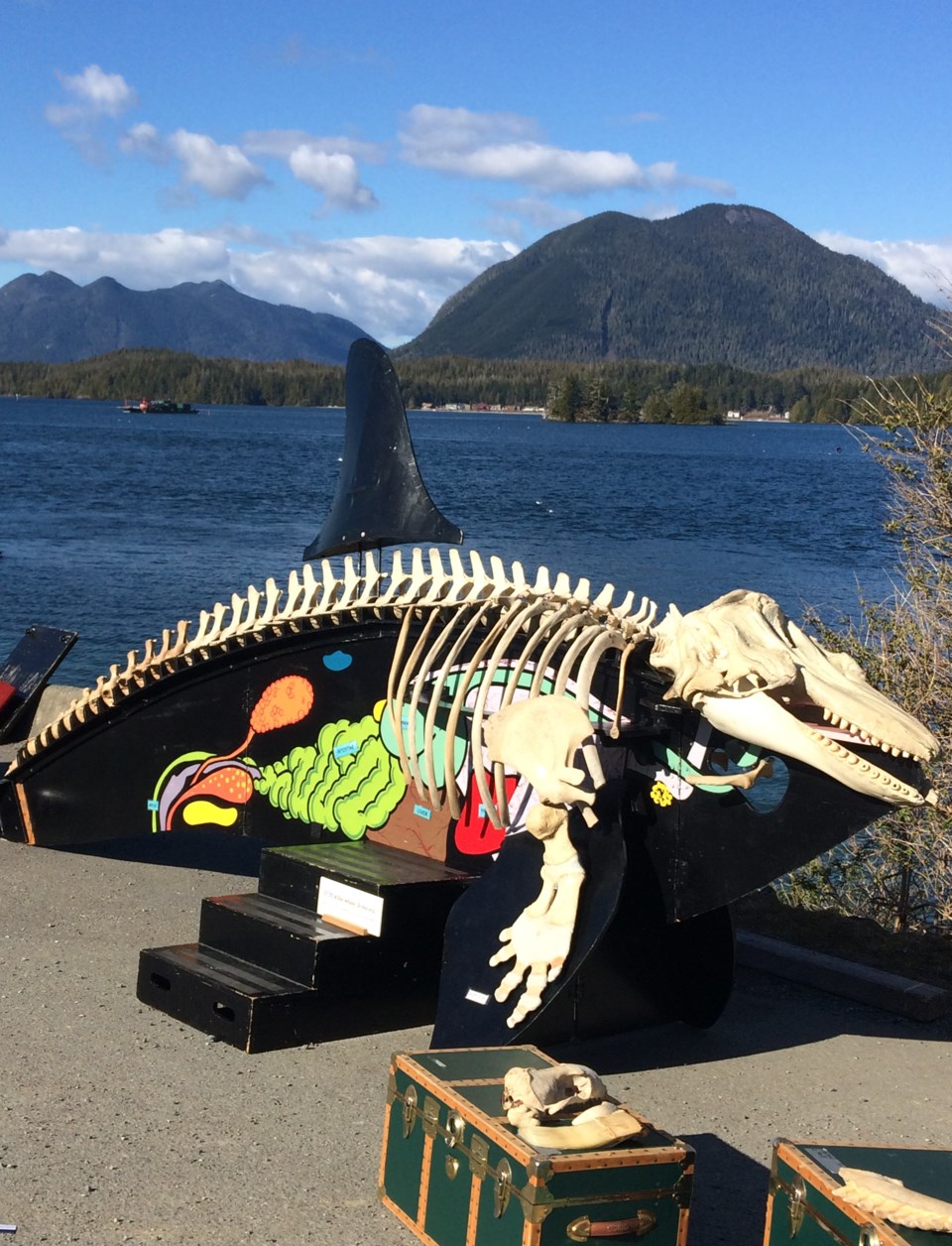From Oct. 1 to 31, “Ore and Orcas: The Remediation of Howe Sound,” will showcase an orca bone display and other marine specimens in the museum's Terralab STEAM learning space.
that the Howe Sound region had been approved as Canada’s 19th UNESCO Biosphere.
The exhibit will reflect both the positive and negative role the Britannia Mine, which operated from 1904 until 1974 and was one of the most significant producers of copper in history, has played in the region.
“A lot of the work we have done at the museum has talked about how that copper has been used, how this powered the economic strength of this region during the time when the mine was successful.... But not all the legacy of Britannia’s mine are positive, particularly for animals living in the surrounding waters,” Derek Jang, manager of interpretive delivery told The Squamish Chief.
For years, copper and other heavy metals were released into the waters of the sound by the mine’s activity, even after the mine stopped operating.
Britannia Creek, which enters into Howe Sound, carried huge volumes of contaminated water.
“The particular area where it enters into that system was considered something of a biological dead zone for decades,” said Jang, noting a particular experiment that saw caged salmon die after they were put into the water where Britannia Creek enters the sound.
But the ill health of Howe Sound has been turned around due to the work of various organizations.
“From the community to the government, to some of the past owners of the mine — that legacy has been able to be changed,” Jang said.
The creation of the in 2005 has drastically reduced the contaminants coming from the old mine tunnels.
“There’s a model here for the future remediation of other industrial sites that are continuing to cause pollution. It is pretty amazing what was once kind of a blight on the area can be turned into a success story,” Jang said.
The exhibit will retell that remediation story while bringing some of the animals that are part of the Howe Sound ecosystem into the picture.
The exhibit was created in partnership with , and .
The centrepiece of the display is a killer whale skeleton from the Tofino organization.
The carcass of a female killer whale, known as 0120, was discovered off the coast of Tofino in 1997.
Out of the three types of killer whales found in B.C. waters, 0120 turned out to be the rarest and most elusive — an offshore killer whale, states a news release from the museum.
The orca skeleton was preserved and is used as a teaching tool.
The temporary exhibit will also be included in the Howe Sound Legacies curriculum-based education program the museum offers to elementary and high schools during the month of October.
“I just can’t wait to install the skeleton and to be able to get school kids measuring themselves against it — seeing how many members of their class stacked in line it will take to match the length of this animal,” Jang said.
For more on the exhibit and the museum, or to purchase tickets



